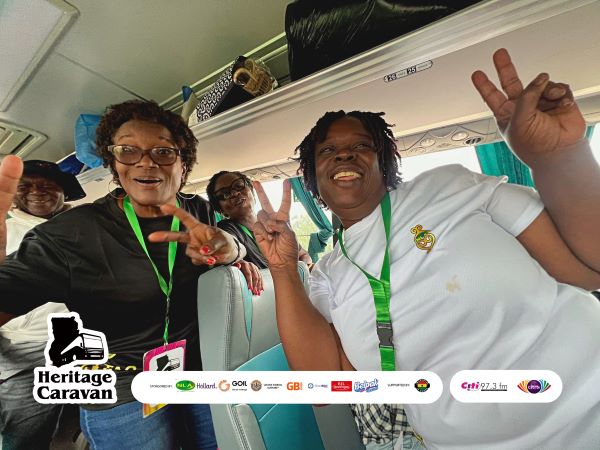

Bigelow Aerospace wants to send an inflatable pod to orbit the moon by 2022, with accommodations for astronauts and citizen space travelers alike.
- Bigelow Aerospace says its inflatable space hotel could be ready for lunar orbit by 2022.
- One of the company's pods is already attached to the International Space Station.
- Bigelow is touting the future pod as a hub for "lunar business development," but the company would probably need NASA to get it funded.
Bigelow Aerospace, a Las Vegas-based space pod company, wants to send an inflatable space hotel to orbit the moon, with accommodations for astronauts and citizen space travelers alike.
The company partnered with NASA in 2016 to attach an inflatable, soft-shell demo pod onto the International Space Station. Now, Bigelow has announced that a bigger inflatable pod, which it's calling the B330 "lunar depot", could be orbiting the moon in five years.
That moon station is much more ambitious than Bigelow's ISS add-on. It's designed to stand alone and is about a third of the size of the ISS. The company suggests the pod could hold roughly six people, and is billing it as a hub for "significant lunar business development."
Providing accommodations for future space travelers is a logical next step for the company's founder, Robert Bigelow, who owns the Budget Suites of America hotel chain and has been working on creating expandable space modules since 1999.
United Launch Alliance, a joint venture between Boeing and Lockheed Martin, plans to partner with Bigelow to launch the habitat into space, then get it circling around the moon.
Expandable, soft-shell space habitats are easier to fit into rockets for launch than other heavier structures. Bigelow said in a statement that its pods also “provide for greater volume, safety, opportunity and economy than the aluminum alternatives.”
The company's 'Bigelow Expandable Activity Module,' or BEAM, was attached to the International Space Station in April 2016 and then blown up to full size that May. Astronauts don't live inside it, but they use the space for experiments, collecting air and surface samples to test for microbes, as well as monitoring how effective the BEAM is at blocking radiation. NASA has said it might extend BEAM's stay at the ISS beyond its initial two year test run, and use the inflatable space as long-term storage. The space agency has said that so far, the soft materials Bigelow used to create BEAM are proving they can perform just as well as more rigid structures in space.
In a couple of Tweets on Tuesday, Bigelow seemed to suggest that he'd need NASA funding to fully execute his space hotel plans. The Washington Post puts the project's price tag at $2.3 billion.
"Re. Lunar Depot: Capital has been flowing from both companies and will continue," Bigelow wrote, then added, "NASA & this country will need to have investment also to pay for the benefits."
Lunar exploration has gained renewed attention in recent weeks — earlier this month, Vice President Mike Pence promised to "refocus America's space program toward human exploration and discovery" in an op-ed in the Wall Street Journal. Pence wrote that establishing a "renewed American presence on the moon" is a vital strategic goal for the U.S.
NASA is currently working on a 'Deep Space Gateway' project with the Russian Space Agency, which could involve a site near the moon that would serve as a pit-stop for astronauts on long-term missions to Mars. NASA has said that site would have a "small habitat to extend crew time."
The US has pledged to send humans to Mars by 2033. In an announcement about the B330 last year, Bigelow and United Launch Alliance said that this habitat could house researchers on their way to the Red Planet.
Here's what the company says the craft would look like on its way to the moon:
Bigelow Aerospace wants to send an inflatable pod to orbit the moon by 2022, with accommodations for astronauts and citizen space travelers alike. Read Full Story

























Facebook
Twitter
Pinterest
Instagram
Google+
YouTube
LinkedIn
RSS